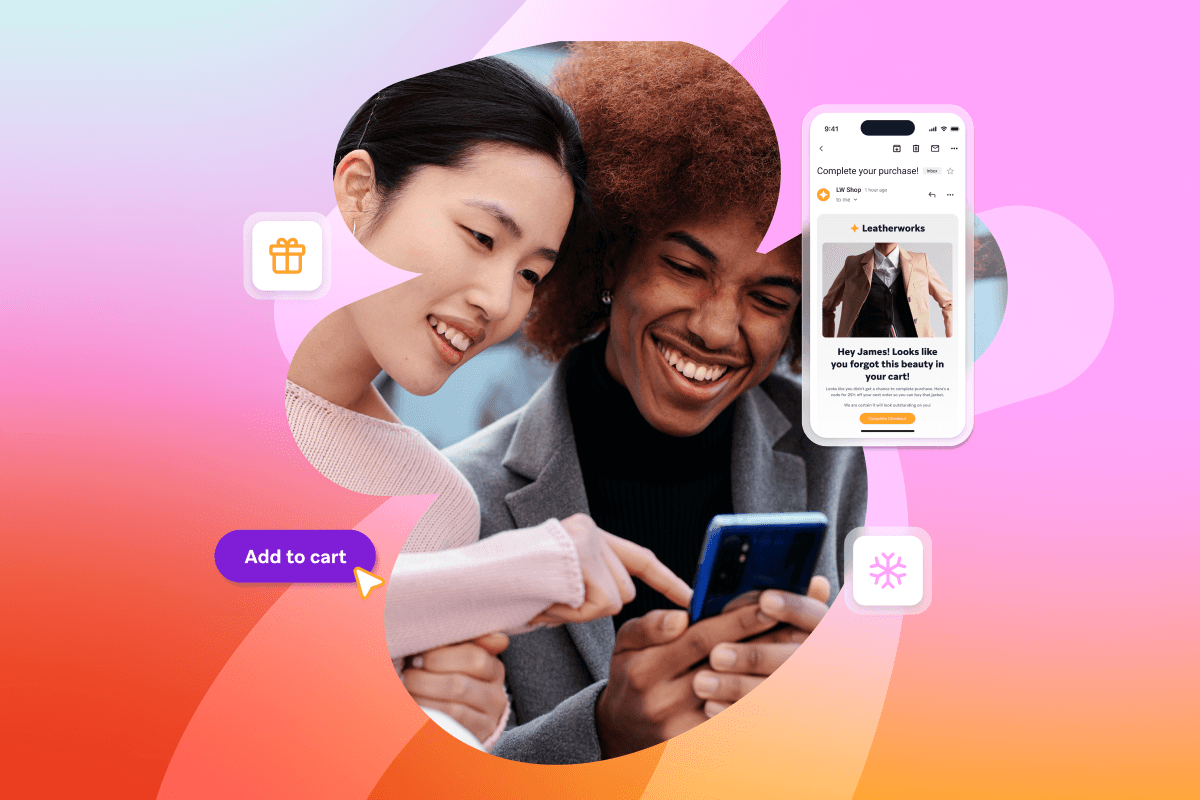Big News for Mobile at Google I/O 2015: Google Now on Tap, Android Push Topics and Doze Mode
Published on June 03, 2015/Last edited on June 03, 2015/5 min read


Team Braze

In the wake of Google I/O 2015, companies and thought leaders around the world are hard at work sussing out how these big announcements are going to affect their businesses and lives. For those of you who couldn’t make it, we’ve put together a guide to some of the major developments in the mobile space that you should keep an eye on:
Google Cloud MessagingThis year, Google went big with updates to its Google Cloud Messaging services, which oversees the delivery of most Android push notifications around the world (though not to China!), along with the distribution of data between Android apps and the devices using them:
- Support for iOS devices: It’s now possible for apps to use the service to send push notifications to iPhones and iPads. Because this support relies on Apple Push Notification Service to function, this change doesn’t have any major strategic advantages for most apps, but it does signal Google’s increased interest in the iOS side of the mobile market.
- Send push notifications to all members of specific groups: While Android apps using a top-flight Mobile Marketing Automation platform like Appboy have had this capability for a while, apps will now be able to take advantage of GCM’s Topics and Notification Keys to reach more than just individual users. This change has the potential to speed up and streamline the process of sending notifications in general, making push a better, more effective channel for messaging.
- Upgrade to the Google Play Developer Console: A log has been created to provide information about the delivery of any Android push notification, using either a Notification-Key or Instance-ID for inspection. This should be a great tool to use when you run into trouble with push.

Google’s Sundar Pichai at Google I/O 2015(Image Courtesy of TechCrunch)
Android M With Google seemingly moving to an annual release cycle for major versions, this new version of Android is attracting a lot of attention. While there’s no major redesign of its UI, the user experience is undergoing significant changes in a number of important areas:
- Permissions are granted in real time: With Android M, permissions are no longer granted in bulk at the time of install. Instead, they’re requested as an application needs them, creating a more tangible link between the permissions granted and the features that the user is able to leverage.This is going to push mobile marketers to ensure timely, logical requests for user permission.
- Introducing a new “Doze” mode: Accelerometers within the phone track when the device hasn’t moved in a while and put it into a deep sleep, which should make devices considerably more battery efficient. Background services are curtailed significantly in this mode, although high priority notifications and max priority notifications will still wake the device. Mobile marketers should be aware of this feature, as default priority notifications will no longer wake the device from deep sleep.
- Native fingerprint support and Android Pay: These additions will significantly streamline in-app payments, and increase the possibility that higher mobile commerce conversions could follow.
- “Now on Tap” draws on all activity on your Android mobile devices: Google Now’s new feature will provide insights that can be used to further optimize your mobile experience. While not yet functional within the Android M Developer preview (released in conjunction with Google I/O), and rumor has it that this feature isn’t going to be ready any time soon, it will likely increase the number of apps that Google is indexing and scraping for information, supporting seamless user experiences.
- App Data Cloud Sync: Building on its backups of Wi-Fi passwords and home addresses, Google is going a step further with Android M by introducing App Data Cloud Sync, which allows apps to backup all data to a hidden folder within someone’s Google Drive. That means that when a user re-installs an app on a new device, they can pick up exactly where they left off, simplifying the process and making it easier to maintain accurate user profiles as individuals transition from device to device.
- Addition of Custom Chrome Tabs: It’s now possible to use Chrome as an enhanced webview right within the flow of your app. This will allow users to take advantage of cached logins and Chrome features like autocomplete, significantly improving the user experience for many apps that interface heavily with the mobile web.

Google I/O After Hours Event
Other Notable DevelopmentsGoogle I/O wasn’t just about GCM and Android M. Here are some additional significant topics that came up during the conference:
- Deep Link Enhancements: Google is now allowing your app to own specific links so that if your native app is installed, users will no longer be asked whether or not they want to be directed there; instead, the transition will be seamless. (This follows last week’s goo.gl short links announcement.)
- Cloud Test Lab: With this release, you can automatically test your app against hundreds of devices in the cloud, making it easier to see whether your app will function correctly on the more than 4,000 Android devices floating around.
- Google AdMob Ad Targeting: This update leverages Google Analytics to allow clients to target ads based on user behavior, creating a rudimentary form of user segmentation within Admob.
- Brillo OS for IoT: This scrubbed down version of Android will be able to run on devices with very little processing power while still allowing internet access and connections to lots of useful Google APIs. Brillo and its communications layer, Weave, could potentially unify this emerging space, allowing for big advancements in connection with the Internet of Things.
- Project Jacquard: This project involves the weaving of conductive cores into normal threads for textiles, making it possible for your clothes to interact with mobile devices, wearables and more. (Imagine a world where your shirt cuff is conductive and could exchange digital contact information with a simple handshake!)
Be Absolutely Engaging.™
Sign up for regular updates from Braze.
Related Content
View the Blog
Holiday Email Deliverability: Tips and Tricks from Braze Experts

Team Braze

Destination Inbox: Navigating the Modern Landscape of Email Deliverability

Alison Gootee

Know Your Push: Understanding the Different Push Notification Devices and How to Use Each Effectively
